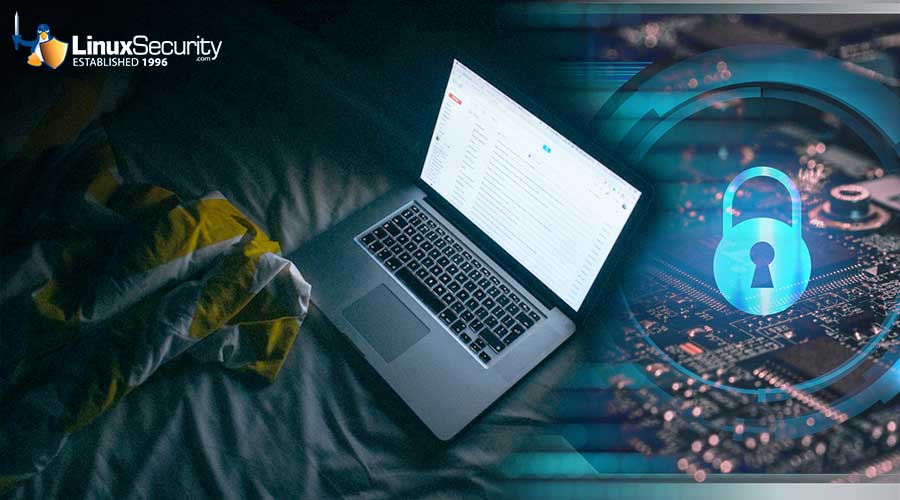Organizations today face the daunting task of addressing potential threats that could compromise their critical data and systems. At LinuxSecurity, we aim to raise awareness that specific measures, such as Linux hardening, compliance management, and effective risk mitigation, must be implemented to enhance Linux security and integrity. This week, we provide you with a free Ultimate Security Solution Checklist to help your organization keep its Linux environment secure.
Tips for leveraging open-source technology to launch a website securely and efficiently and best practices for securing Docker containers with data management software are also topics we explore.
If you found this newsletter valuable, please share it with a fellow security geek! Is there a Linux security-related topic you want to cover for our audience? We welcome contributions from passionate, insightful community members like you!
Yours in Open Source,

Empowering Linux Resilience: Expert Insights on Crafting a Bulletproof Defense Strategy
Organizations face the daunting task of achieving compliance while addressing potential threats that could compromise their critical data and systems. Certain measures such as Linux hardening, compliance management, and effective risk mitigation must be implemented to enhance Linux security and integrity. We provide you with the Ultimate Security Solution Checklist to help your organization keep its Linux environment secure. |
|
|
5 Security Best Practices for Docker Containers With Data Management Software
Docker containers provide a convenient way to deploy data management software. However, securing containers running sensitive data workloads requires careful configuration. This article will provide security best practices for Docker deployments running data management software across areas like the Docker daemon, images, container runtime, and networking. Properly securing containers will help reduce the risk of data breaches. |





















